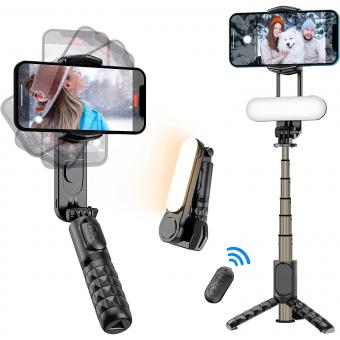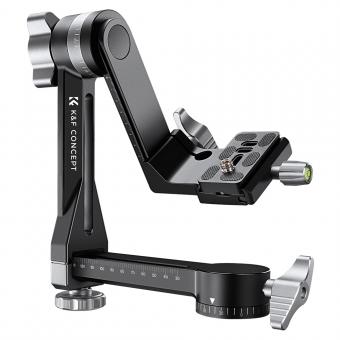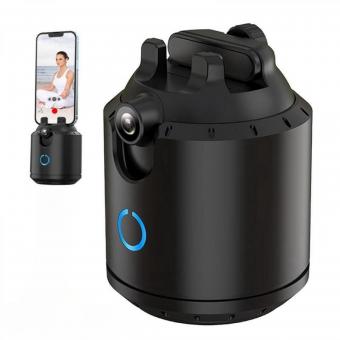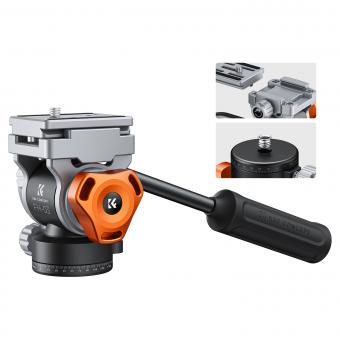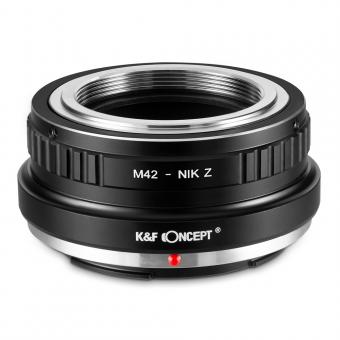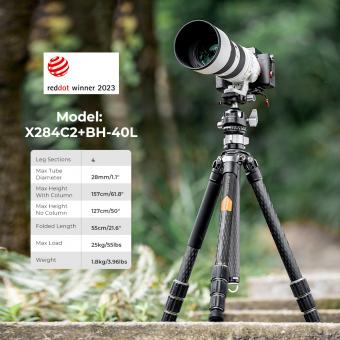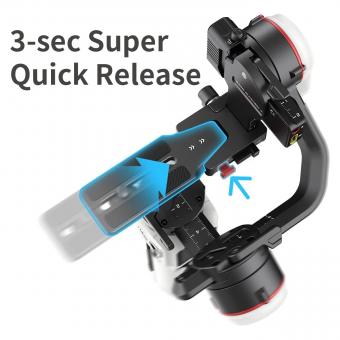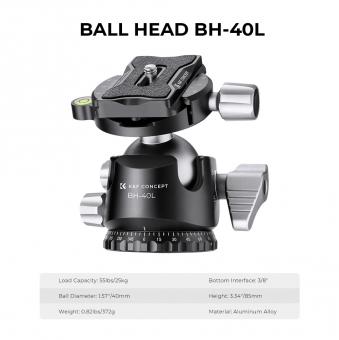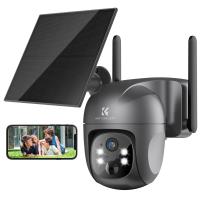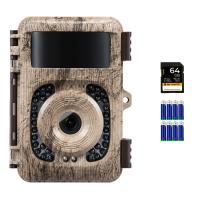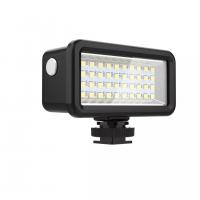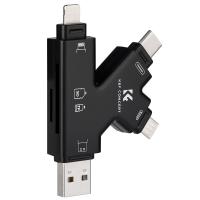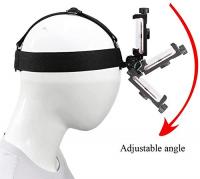How To Stabilize Camera Without Gimbal ?
There are several techniques to stabilize a camera without using a gimbal. One option is to use a tripod or monopod to provide a stable base for your camera. Another technique is to use a shoulder rig or handheld stabilizer, which helps to reduce camera shake by providing additional support and stability. Additionally, you can try using a camera strap or harness to minimize movement while shooting handheld. Another method is to utilize the body's natural stabilization by holding the camera close to your body and using your arms as a support. Lastly, you can explore post-processing techniques or software stabilization to further enhance the stability of your footage.
1、 Tripod stabilization techniques for steady camera shots
Tripod stabilization techniques for steady camera shots are a great way to stabilize your camera without using a gimbal. Here are some tips to help you achieve steady shots:
1. Choose a sturdy tripod: Invest in a high-quality tripod that can support the weight of your camera and lens. Look for one with a solid build and adjustable legs for stability.
2. Extend the legs fully: Make sure to extend the tripod legs fully to maximize stability. Avoid using the center column extension unless necessary, as it can introduce some wobbling.
3. Use a remote shutter release or self-timer: Minimize camera shake by using a remote shutter release or the self-timer function on your camera. This prevents any movement caused by pressing the shutter button.
4. Add weight to the tripod: If you're shooting in windy conditions, hang a bag or add some weight to the tripod's center hook. This will help stabilize it and reduce vibrations caused by wind.
5. Use the mirror lock-up feature: If your camera has a mirror lock-up feature, use it to minimize vibrations caused by the mirror movement. This is especially useful for long exposure shots.
6. Avoid touching the camera: Once your camera is set up on the tripod, avoid touching it as much as possible. Even the slightest touch can introduce shake, so use a remote or timer to trigger the shutter.
7. Consider using a tripod with a fluid head: A tripod with a fluid head allows for smooth panning and tilting movements, which can help achieve steady shots.
In conclusion, tripod stabilization techniques are an effective way to stabilize your camera without a gimbal. By following these tips, you can achieve steady shots and capture professional-looking footage or images.
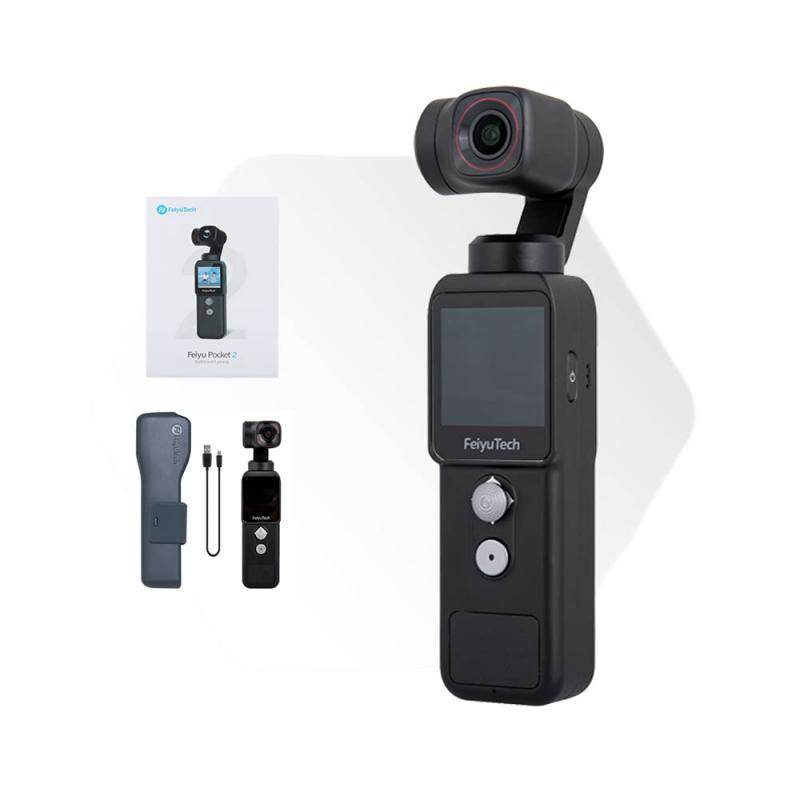
2、 Using a shoulder rig for handheld camera stability
Using a shoulder rig for handheld camera stability is a great way to stabilize your camera without a gimbal. A shoulder rig is a device that rests on your shoulder and provides support for your camera, allowing you to achieve smoother shots and reduce camera shake.
To use a shoulder rig effectively, start by adjusting the rig to fit your body comfortably. Make sure the shoulder pad is resting securely on your shoulder and that the handles are at a comfortable height for your arms. This will help you maintain stability and control while shooting.
Next, hold the handles of the rig firmly and keep your elbows close to your body. This will help to minimize any unwanted movement and ensure that your shots are steady. Additionally, try to distribute the weight of the camera evenly across your body by using your other hand to support the lens or by using a counterweight on the back of the rig.
When shooting, remember to use your body as a stabilizer. Keep your feet shoulder-width apart and slightly bend your knees to create a stable base. This will help absorb any movement and keep your shots steady.
In terms of the latest point of view, shoulder rigs have been widely used by filmmakers and videographers for years and continue to be a popular choice for stabilizing cameras without a gimbal. They offer a more affordable alternative to gimbals and can provide excellent stability when used correctly. However, it's worth noting that advancements in gimbal technology have made them more accessible and affordable, offering even greater stabilization options for filmmakers. Nonetheless, a shoulder rig remains a reliable and effective tool for achieving stable shots without the need for a gimbal.

3、 Utilizing a camera cage for added stability and control
One way to stabilize a camera without a gimbal is by utilizing a camera cage. A camera cage is a metal frame that surrounds the camera, providing added stability and control. It typically has multiple mounting points for accessories such as handles, monitors, and microphones, allowing for customization and versatility.
To use a camera cage for stabilization, start by attaching your camera securely to the cage using the provided screws or mounting points. Make sure the camera is snugly fit within the cage to prevent any movement. Once the camera is secured, you can hold the cage with both hands, providing a more stable grip and reducing camera shake.
Additionally, camera cages often come with built-in handles or the option to attach external handles. These handles provide a more comfortable and secure grip, allowing for smoother movements while shooting. They also help distribute the weight of the camera, reducing fatigue during long shoots.
Furthermore, camera cages often have additional mounting points on the top and sides, allowing you to attach accessories such as external monitors or microphones. These accessories can help improve your shooting experience by providing better visibility and audio quality.
In recent years, camera cages have become increasingly popular among filmmakers and videographers. They offer a cost-effective alternative to gimbals while providing added stability and control. With the ability to customize and add accessories, camera cages have become an essential tool for many content creators.
Overall, utilizing a camera cage is an effective way to stabilize your camera without a gimbal. It provides added stability, control, and customization options, allowing you to capture smoother and more professional-looking footage.
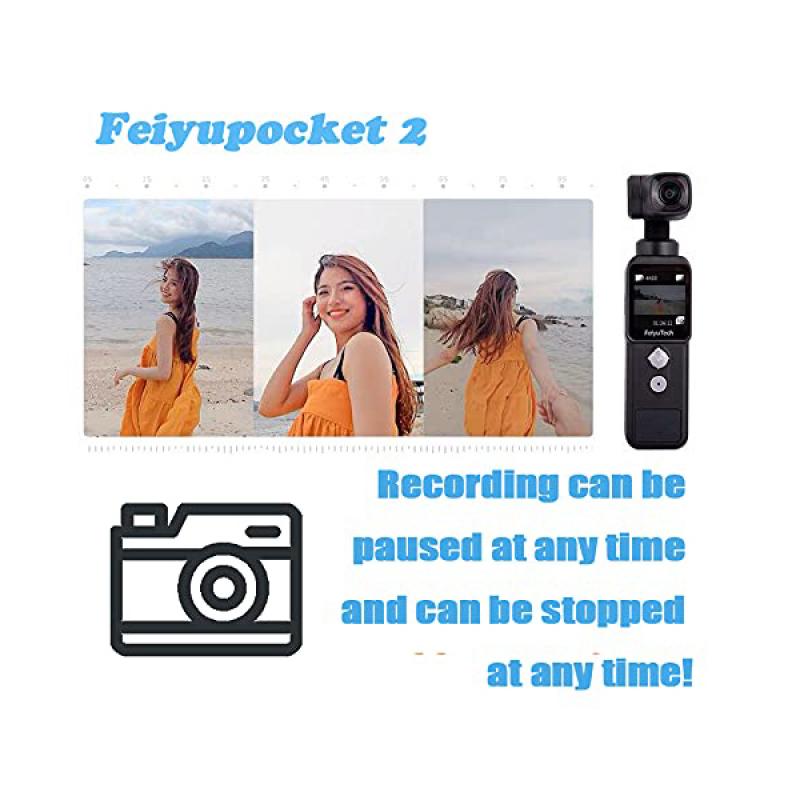
4、 Employing a counterweight system to balance and stabilize the camera
How to stabilize a camera without a gimbal? One effective method is employing a counterweight system to balance and stabilize the camera. This technique involves attaching a counterweight to the opposite side of the camera to counterbalance its weight and minimize unwanted movements.
To implement this method, you will need a sturdy camera rig or mount that allows for the attachment of additional weights. Start by mounting your camera securely onto the rig. Then, attach a counterweight, such as a sandbag or a weight plate, to the opposite side of the camera. The weight should be heavy enough to offset the camera's weight but not too heavy to cause imbalance.
By using a counterweight system, you can reduce camera shake and achieve smoother footage. It helps to stabilize the camera by counteracting any sudden movements or vibrations. However, it's important to note that this method may not provide the same level of stabilization as a gimbal, especially when it comes to dynamic movements or walking shots.
In recent years, advancements in technology have introduced alternative stabilization solutions. Electronic image stabilization (EIS) and optical image stabilization (OIS) are features found in many modern cameras and smartphones. These technologies use sensors and algorithms to compensate for camera movements and vibrations, resulting in smoother footage. While they can be effective, they may not completely replace the need for a physical stabilization system, especially in more demanding shooting scenarios.
In conclusion, employing a counterweight system is a practical way to stabilize a camera without a gimbal. However, it's worth exploring other stabilization options, such as EIS and OIS, to enhance the overall stability and quality of your footage.




